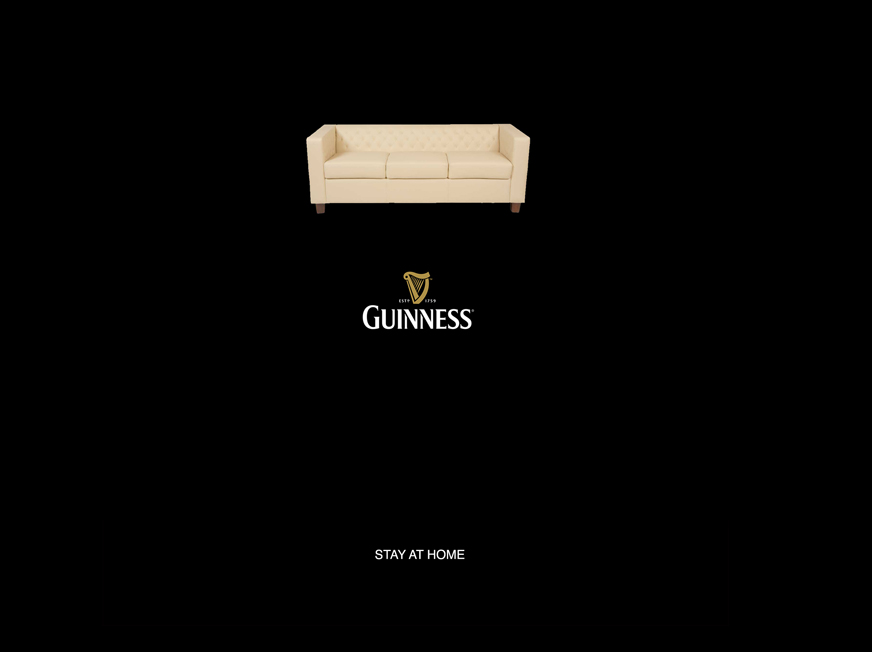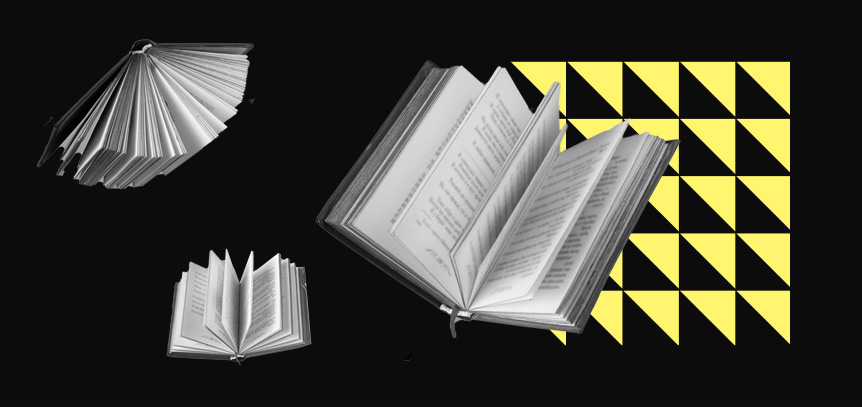
Diversifying marketing through strong brand awareness
How brand recognition gives organizations the ability to communicate faster and across a broader range of topics to stay top of mind.
Back when people socialized and mingled at parties, introductory chit-chat was an artform. Sipping your glass of wine and helping yourself to another vol-au-vent, you’d get to know your fellow guests with a series of probing yet inoffensive questions.
“What line of business are you in?”
“Kids go to one of the local schools?”
“Where’s that accent from, do I detect a hint of Spanish / Australian / Canadian / French / German?”
With the introductions over with, you can start discussing something more meaningful.
“I think Dave’s losing his hair.”
“These vol-au-vents are incredible.”
“We’ve won the lottery, but I haven’t told my husband yet.”
Of course, the situation’s completely different with people you already know. With barely a quick “hello” you can immediately skip the pleasantries and dive straight into the good stuff—such as Dave’s increasingly desperate attempts to hide his bald spot, and how no one has seen Laura since she was spotted swigging from a champagne bottle and throwing suitcases into the back of her car last week.
Recognition leads to familiarity. Familiarity removes communication barriers, leading to faster, more meaningful conversations rather than ponderous, superficial exchanges.
Stronger brand recognition equates to greater meaning
This scenario is no different when we replace people with brands. When a brand is recognized and known, interactions with customers can be deeper, more impactful, and more immediate.
Gone is the need for the “elevator pitch”, the 15-second window that brands have to surmise their purpose, how they add value, to whom, and why.
The advantage is that these recognized brands don’t need to introduce themselves. They can cut to the chase:
“We want to talk about x.”
“We’ve got a special offer on y.”
“We’re doing z and we think you should know about it.”
“Here’s our take on an important and relevant topic.”
A number of global brands have reached this level. Apple, McDonald’s, Disney, Nike. They have a crucial competitive advantage. In a noisy world with every brand shouting for attention, attracting consumers is notoriously difficult. And if you do catch their eye, it won’t be for long.
Research shows that the average time that people actually spend looking at a desktop display ad is 1.3 seconds; with a mobile ad, it’s about 1.5 seconds; 1.7 for a poster; and 2.1 for the average print ad.
With barely a second to convey your message, the last thing you want to do is waste time having to explain who you are. By the time you’ve made your introduction, the prospect has moved on. You didn’t even get to tell them about your special offer or great new product.
For these select few, even a logo with no brand name or tagline suffers no loss in brand weight and recognition. And, as we shall see, their brand strength delivers significant benefits.
No words needed: brand strength in action
Let’s take a look at two examples of how brand strength can be used to convey powerful and meaningful messages with little to no copy.
These examples are not commissioned advertisements, but the work of creatives responding to requests for concepts from One Minute Briefs on Twitter (@oneminutebriefs). Each day, a brief asks participants to promote an item or theme, and creatives often use major brands as a vehicle for their idea.
One brief, set during the height of the pandemic, was to promote staying at home to prevent the virus from spreading. This was a winning submission from @redballoonluke.

It’s an ingenious piece of design. The iconic Guinness shape is the perfect foil for this concept, replacing the white foam we expect to see with a white sofa.
Of course, Guinness doesn’t need to say that it’s an alcoholic drink. We know this. We also know what a pint of Guinness looks like. With this entrenched in our minds, we see the shape of the pint glass even though it’s not actually there. We piece the relatively simple pieces together to understand the message as a whole.
Another brief asked creatives to design ads that promoted their favorite chocolate bars. The winning entry came from @SamHennig.

You’ll note that there’s no copy. No tagline. No real logo to speak of.
All the hard work here is being done by combining two facts:
- Due to working from home, a lot of us are spending an enormous amount of time on back-to-back Zoom meetings. And truth be told, it’s not much fun.
- Kit Kat’s tagline, “Have a break, have a Kit Kat” has been in play since 1957. It is ingrained already, a part of popular culture. It doesn’t need to be written for us to understand that it’s part of the message.
Like Guinness, Kit Kat is in a position of brand power when it comes to their creative treatment (even though neither of these are official marketing assets produced by the organizations).
Because both brands are so recognizable, they can have meaningful conversations faster. The introductions have long since been made. As a result, they can communicate about broader topics and use playful creatives to stay top of mind.
Brand strength opens up opportunities
As a general rule, brands should apply caution when “venturing out of their lane”. Expanding too broadly and without relevance can confuse your audience.
Let’s remember that people can be brands as well as corporations. LeBron James is a brand. Cristiano Ronaldo is a brand (CR7). Kim Kardashian is a brand. Their image sells, and they carefully manage their public exposure and brand image to make money, either for their own business interests or selected partnerships.
Greta Thunberg is a brand within herself. She needs no introduction: everyone knows who she is, what she believes, what her purpose is, and what she stands for. Her values are clear and transparent.
But if she started using her hard-earned platform to discuss the NFL drafting system, or the regulations concerning the post-Brexit sales of fish between the UK and the EU, her brand would be diluted.
However, when the brand is so strong, and the creative application carefully considered, expansion works. Guinness can become part of the conversation about isolating at home. Kit Kat can bemoan the endless conference calls. And all without really saying a word.
Get it right and the end result is increased engagement, additional brand awareness, and massive social media reach.
Get it wrong…. Well, just ask Burger King about their tweets for International Women’s Day.
Read the latest positioning trends and insights.
Tap into our brand and product positioning, storytelling, and creative expertise to inspire your next strategic move.

